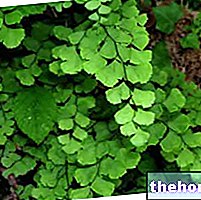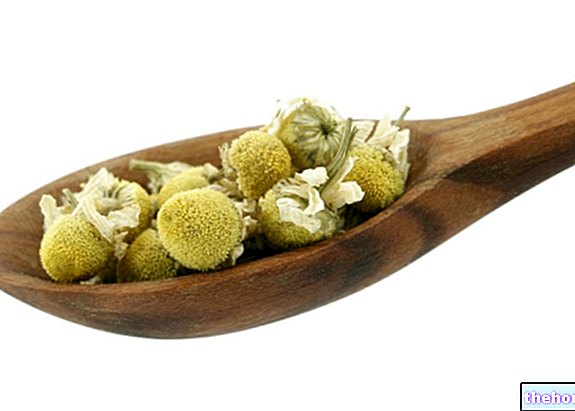
Scientific name
Foeniculum vulgare
Family
Apiaceae (Umbelliferae)
Origin
Mediterranean region
Parts Used
The drug consists of dried fennel fruits, present in the Official Pharmacopoeia
Chemical constituents
- Essential oil (transanetol, estragolo and fencone)
Fennel in Herbalist: Properties of Fennel
The drug consists of the dried fruits of fennel - present in the Official Pharmacopoeia - from which the essential oil is obtained, but the seeds and essential oil extracted from ripe fruits are also used.
Chemical constituents
The chemical constituents of fennel essential oil vary - especially from a quantitative point of view - depending on whether it is extracted from bitter fennel fruits (F. vulgare var. vulgar), or from sweet fennel fruits (F. vulgare var. sweet).
The main components of the essential oil of fennel are:
- Trans-anethole (bitter fennel: 50-75%; sweet fennel: 80-90%)
- Fencone (bitter fennel: 12-33%; sweet fennel: 1-10%)
- Estragolo (bitter fennel: 2-5%; sweet fennel: 3-10%)
- Cimene
- Limonene
- Alpha-pineni
- Gamma-terpenes
- Terpinoli
A similar argument can be made for fennel seeds. The main components of bitter fennel seeds are trans-anethole, fencone and estragole (in the same quantities indicated above). While, among the main chemical constituents of sweet fennel seeds we always find trans-anethole, fencone and "estragolo (in the same quantities reported above), to which flavonoids, fatty acids and traces of hydroxycoumarins are added.
Properties of Fennel
The essential oil of fennel exerts an antispastic activity without reducing the physiological intestinal peristalsis; the final result is a better progression of the enteric content, a lower formation of large gas bubbles and a reduced residence and transit time in the gastrointestinal tract.
For this reason, fennel can be considered a good plant remedy with prokinetic and spasmolytic activity, indicated in spastic states of the digestive tract, hiatal hernia, flatulence, slow digestion and constipation.




























